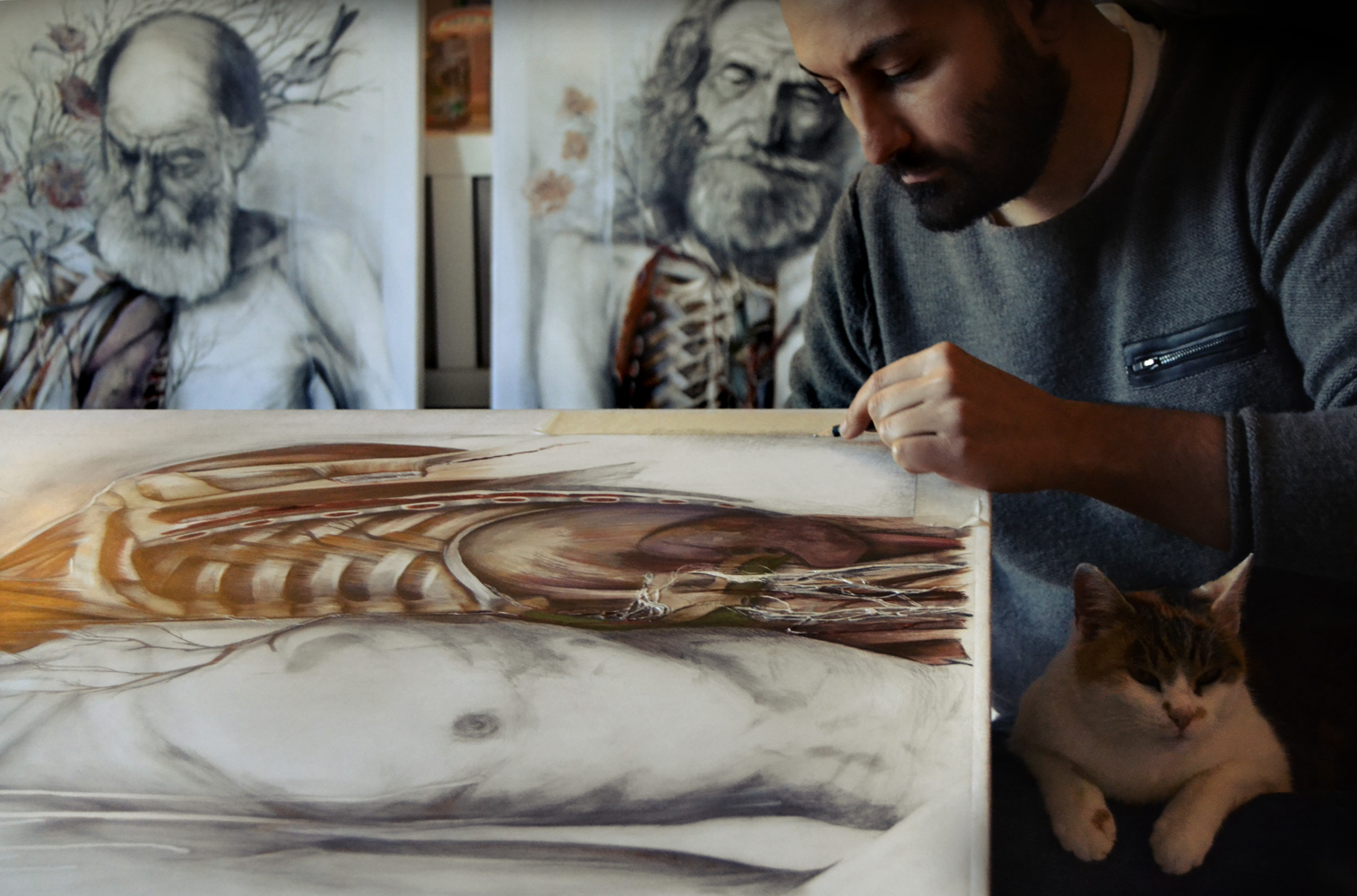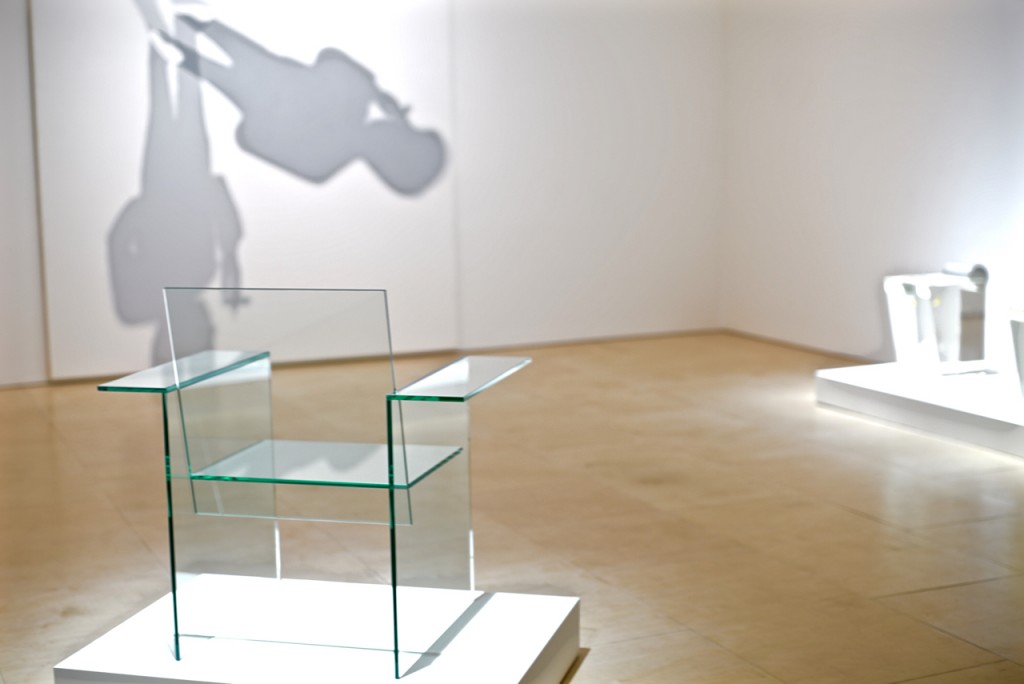
During Frieze week in London last month, The Stephen Friedman Gallery presented their Jiro Takamatsu retrospective which chronicled the thirty-odd years of the highly influential artist, art theorist, and teacher. A pioneer figure in the conceptual art movement, Takamatsu has been one of the most prominent figures of the Japanese modern art world.
Born in 1936 in Tokyo, Takamatsu was part of an active circle of artists in post-war Japan that aimed to rediscover both the form and meaning of art in a rapidly changing landscape. Co-founding the iconic Hi Red Centre in Japan, alongside Genpei Akasegawa and Natsuyuki Nakanishi, the trio made a name for themselves by cleaning the Tokyo streets with toothbrushes as a demonstration against the city’s clean up operation in preparation for the 1964 Olympic games.



The retrospective was separated into two different buildings, with the first gallery featuring Takamatsu’s collaboration with Japanese designer, Shiro Kuramata (1934-1991). The stunning ’Glass Chair’ and ‘Cabinet de Curiosity’ seamlessly compliment Takamatsu’s shadow paintings making for a thoroughly convivial room. Both artist’s use of material, color, and space speaks not only to their brilliance, but also to the discipline of their craft.
Across from the first building is a larger, quieter space that was dedicated to Takamatsu’s sculptures in iron and maquette wood. These heavier works were juxtaposed against his delicate paintings and drawings, mostly formed of paper, pencil, gouache and pastel works. The varying weights of the work manage to create a physically and viscerally balanced journey through Takamatsu’s creative career.
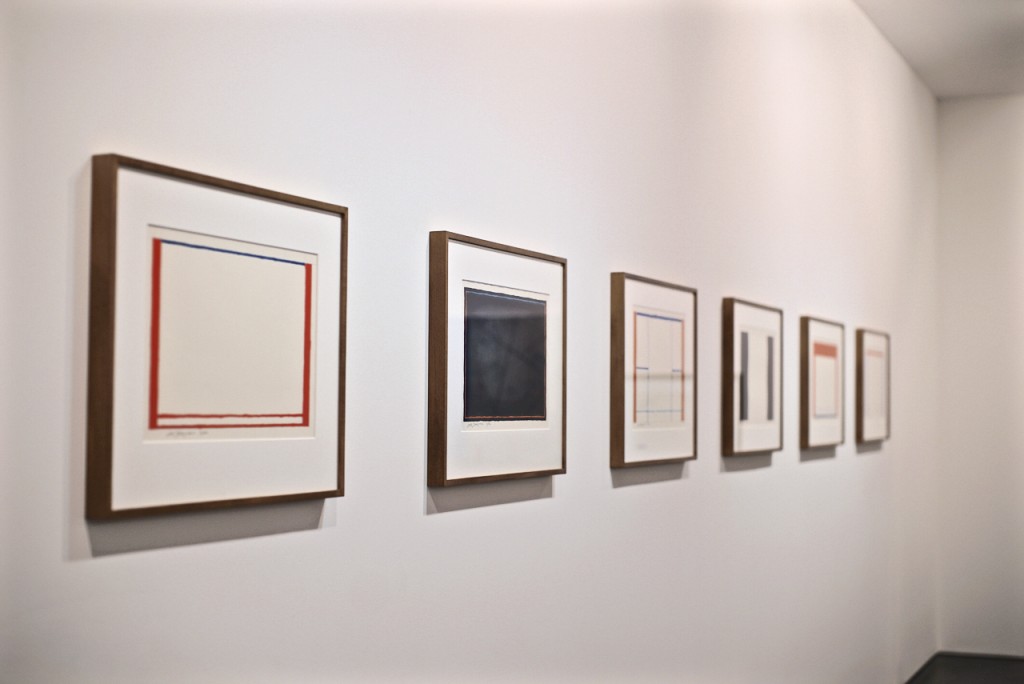
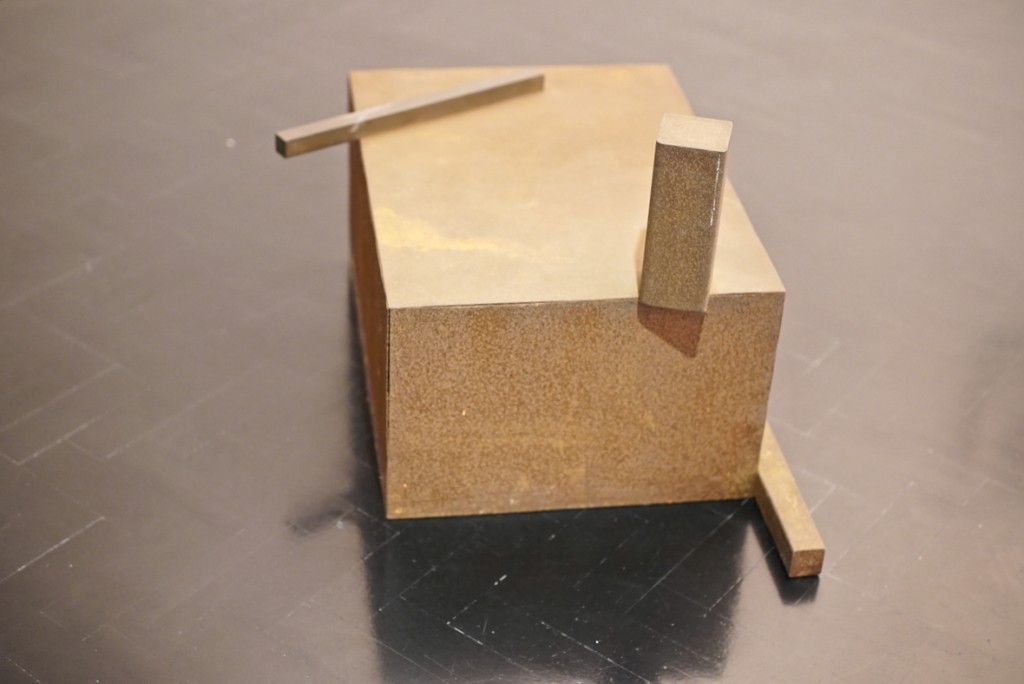

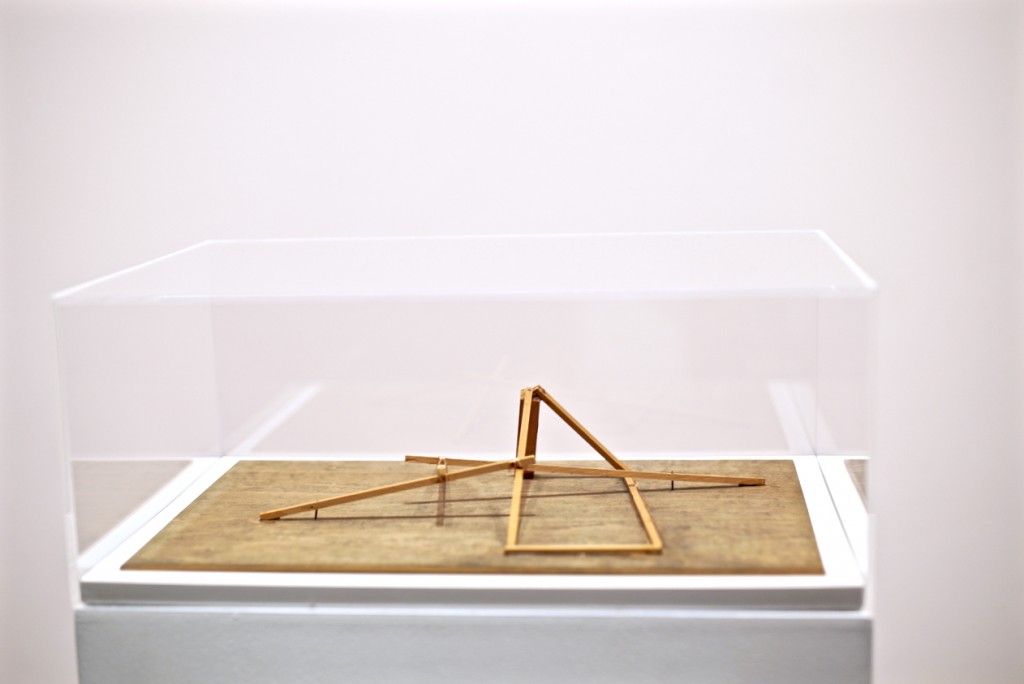

Like this article? Check out our article on Frank Stella’s retrospective at the Whitney in NY, or other gallery and museum highlights!





